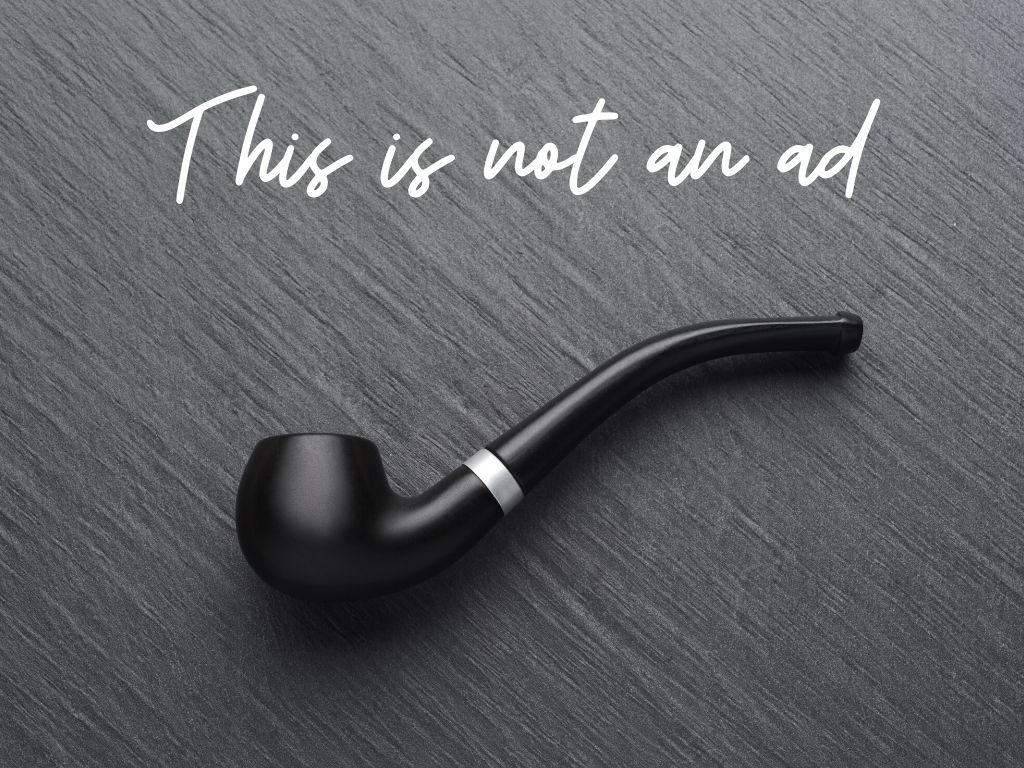While browsing the internet, you’ve probably noticed those ‘suggested’ content links, which often look like part of the news or social feed. This is native advertising, in which the content flows naturally with the design of the site.
A type of programmatic marketing, available on a number of ad platforms, native marketing is an interesting and potentially useful tool for those who understand how to use it.
After you have created your ideal ad, you can then use native advertising to transform your leads into sales and gain advocates for your brand. But keep an eye out if you’re on a budget as this programmatic ad format can become costly.
So, What Are Native Ads?
If you read blogs or news sites, you may have seen native advertising examples without even realizing it. Those “recommended for you” links are native advertising in all their glory. These types of ads match the feel and visuals of the overall platform where they are hosted, often with a small box of text proclaiming they are sponsored posts or in partnership with whichever ad platform.
It’s not just news and blogs either. When you scroll through social media such as Facebook or Instagram, you’ve probably seen plenty of sponsored ads scattered throughout your news feed.
However, this form of advertising doesn’t scream “This is a paid advertisement!” as it doesn’t noticeably stand out from your original feed. The nature of this marketing method is more discreet than others, allowing advertisers to promote their products in a way feels natural and complimentary compared to the rest of the site content.
Being less intrusive, these ads are often perceived to be less ‘spammy’ or intrusive than other advertising formats such as banners or pop-ups/under. And, as they’re often blending in with the style and content of the feed, the chances of a click or impression are higher than an obvious banner ad.
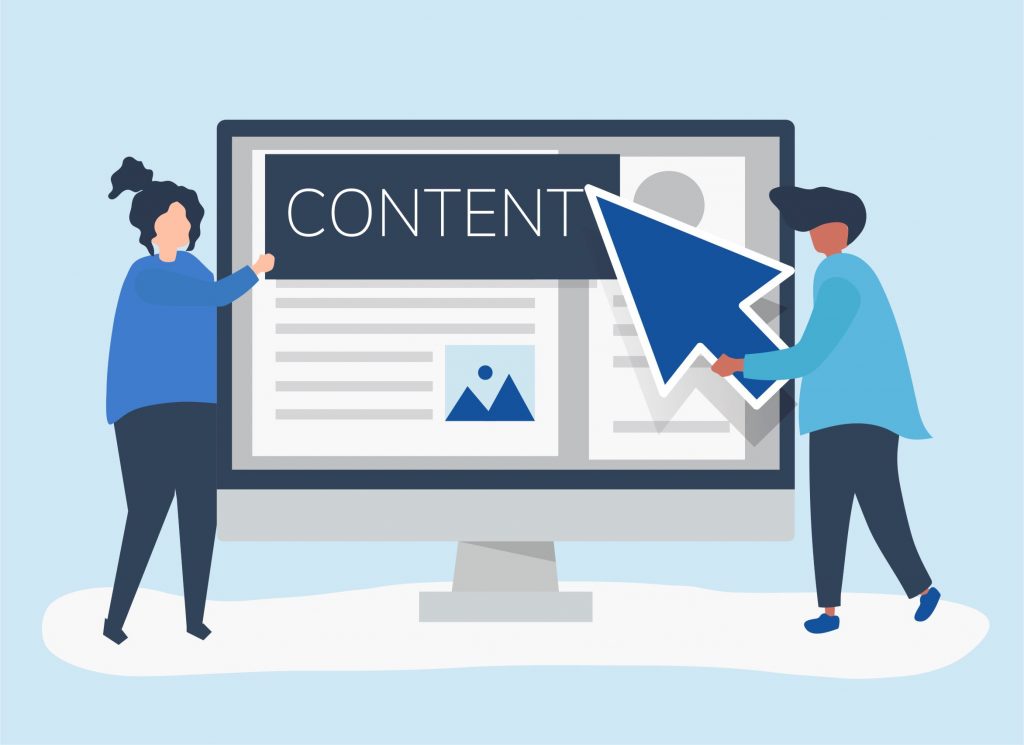
When you advertise on a platform that already has awareness and traffic, you promote your product in a popular space with a similar audience. Over 1 billion individuals use Instagram, for example, with 500 million scrolling on a daily basis. You can imagine the amount of exposure your advertisement would receive through native advertising on various platforms.
Sounds great right? But as with everything, you should be aware of the downsides which we will explore in the table below.
Native Ads vs Google Ads the Pros and Cons
As the digital marketing world continues to grow, a wider variety of ad options become available such as native advertising. But how do these sponsored ads compare to the original Google Adwords?
Native Ads
| PROS | CONS |
Easily access your target audience on web pages and platforms that ready drive traffic | Costly method of marketing |
| Complement surrounding content with a lighter tone | Lacks SEO benefits |
| Highly effective, receiving 3x the amount of attention compared to Google display ads | May not reach target audience looking to purchase as unlike Google they don’t focus on keyword search engine results |
Google Ads
| PROS | CONS |
| Host your ad across multiple sites with the Display Network | High demand means competition for best placement |
| Test and optimize ads to increase performance | Costly keywords |
| Utilize Google features such as Google Analytics to manage your success | Consumers will often avoid obvious advertisements |
Which Types of Native Ads Can You Use?
Even though social media and blog posts are home to millions of native ads, they don’t only appear on these platforms. You will find an example of native advertising across the internet in many formats:
In-feed units
The type which appears on social media in either story form or CTA links. Sponsored ads created by the publishing team blend in with the natural setting of the surrounding content and generate brand engagement.
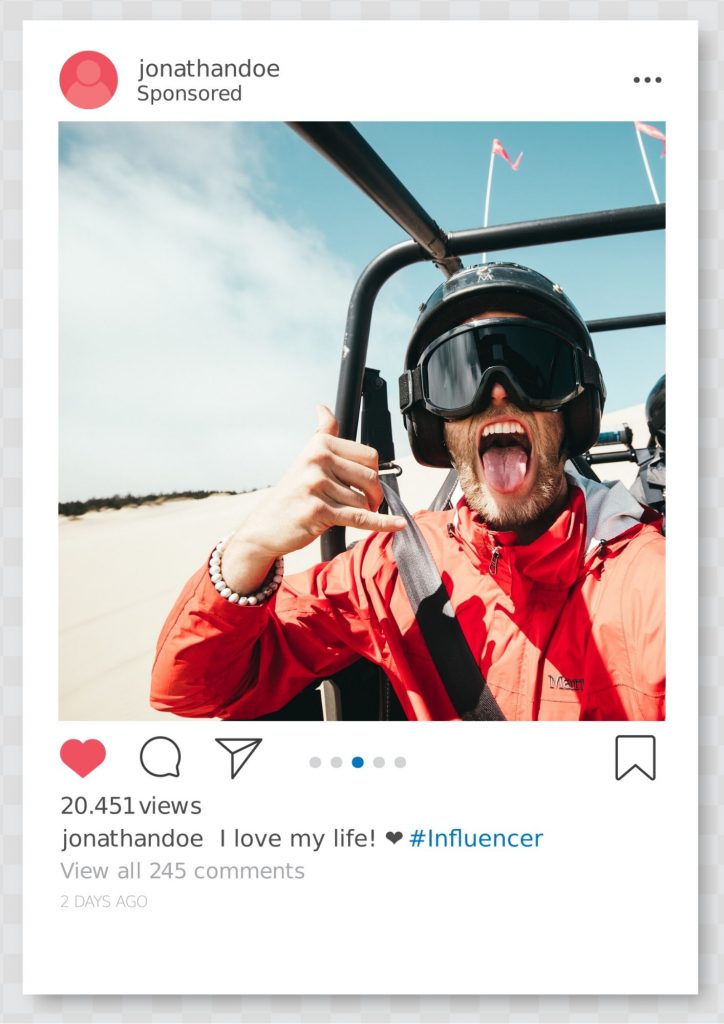
Promoted listings
Generally found on e-commerce sites to promote identical or similar products to what already appears on a specific site and presents a direct link to sales for advertisers.
Paid search ads
Instead of appearing throughout news feeds or on a blog post, paid search ads appear whenever individuals browse the web for related products. Due to having native nature, they still mirror the behavior of the overall page content.
Recommended widgets
As we covered before, native ads appear at the bottom of a web page as “Recommendations for you” in the form of recommended widgets. These sponsored content links display on sites relevant to the product as a way of targeting a similar audience. Unlike other native ads, which mirror editorial content feed, recommended widgets present a different appearance but still blend in well.
Custom ads
This native advertising example doesn’t come under any specific category but still follows the rules of native advertising by mirroring surrounding content in a discreet manner.
In-ad with native element units
These particular ads look like any other but actually hold a great element of relevancy for the brand such as choosing to promote your product on a website that offers something completely different but drives your target audience.
Native Ads Examples (And What We Liked About Them)
To get a feel for native advertising effectiveness, we have included some examples and what we liked about each.
Guinness Guide to Oysters
Created in 1950, this magazine ad by David Ogilvy represents a paid advertisement which conforms with the natural setting of its environment. Instead of promoting Guinness, he took a spin on the original advertisement and introduced a representation of nine different oysters with illustrations and descriptions.
Of course, Guinness had to appear somewhere, so the ad included an image of a bottle of beer. A quote explains how the beverage brand goes hand-in-hand with oysters, complementing the seafood perfectly… An informative and interesting read!
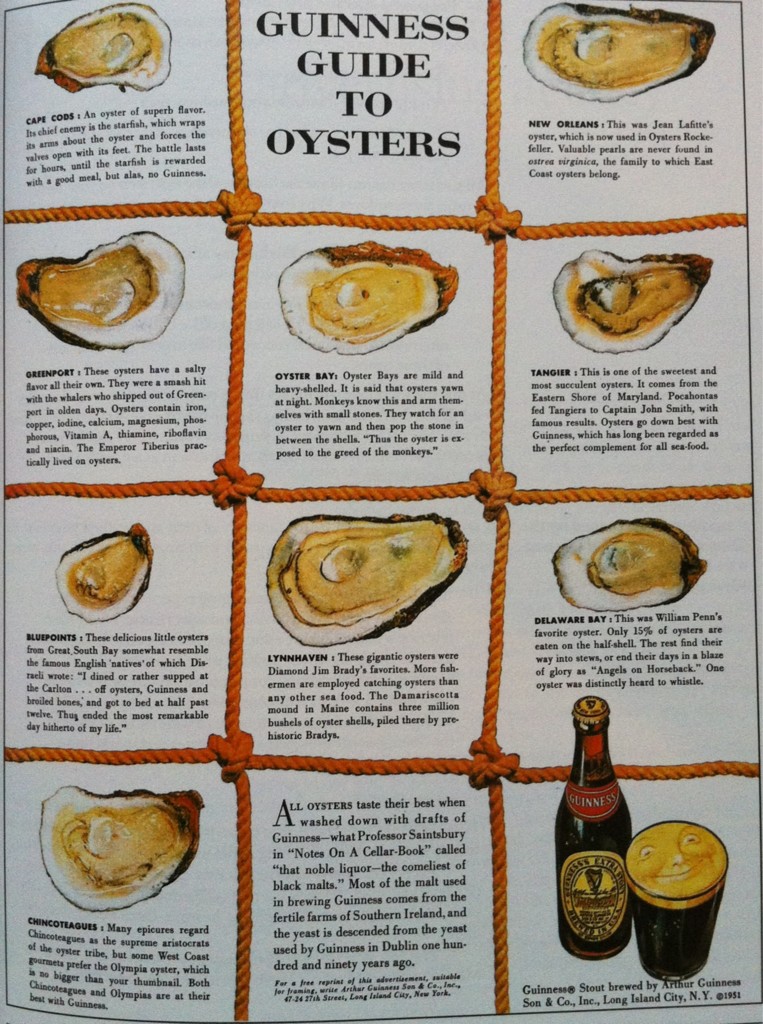
Awards Predictor Powered by Microsoft AI
Leading up to the Oscars, Microsoft created an awards predictor that showcases their high-quality software without having to directly mention it. The audience found this interesting as it encouraged engagement through voting which made it seem more like an interactive activity and not like a paid ad… A great initiative for audience integration!
Amazon Prime Student
A collaboration between the Tab and Amazon presented a quiz for students to vote on which series they will most likely to binge-watch. Introducing Amazon Prime, a hugely successful company, attracted audience attention, and using a simple quiz made it fun. This method of advertising allows Amazon to target their demographic and retrieve valuable feedback from students in a fun and engaging way. In turn, this benefits students as Amazon Prime can use this feedback to give the people what they want.
Land Rovers Dragon Challenge
Land Rover never fails when delivering exceptional marketing content campaigns. Their Dragon Challenge video showcases a perfect example of native ads in video format. They shot a campaign at China’s renowned landmark, Heaven’s Gate. The daring, adventurous footage cleverly mirrors exactly what Land Rover brand represents… An excellent concept for subtle brand awareness!
The Rise of the Superhuman – Mercedes
The Mercedes Benz E-class series introduced their advanced Intelligent Drive system through a technological campaign which pursues a superhuman concept. Showcasing virtual reality within a medical environment integrates a strong connection between advanced technology and exceptional concepts. This highly-interactive ad promotes engagement through questions and information hot spots while presenting unique and informative media.
Which Native Ads Networks Can You Use?
Aside from social media, a sea of native ad networks awaits individuals to provide more consumable advertising campaigns.
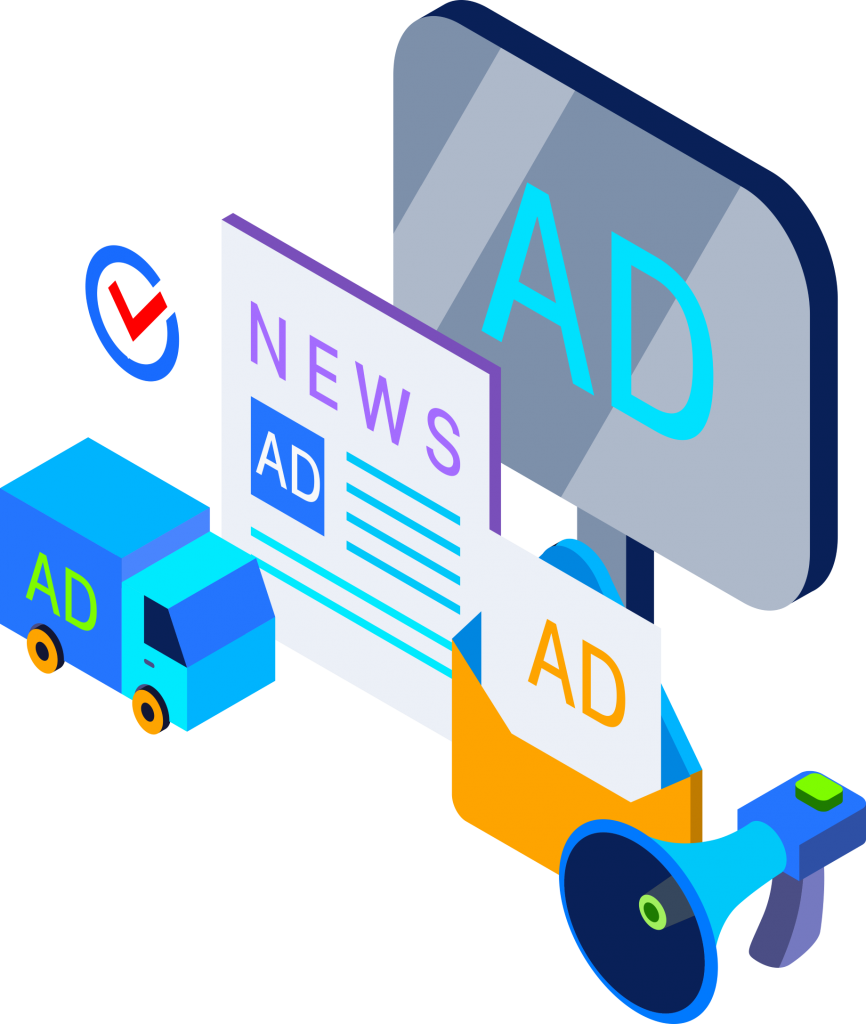
Taboola
Taboola, one of the largest content discovery platforms, reaches billions of users every month topping the scale of even some major social media networks. This native ad network presents the most relative content to browsers by using predictive algorithms.
Outbrain
Using Outbrain provides promotion valuable visibility for advertisers by collaborating with top-publishers such as Sky News to promote native ads. Outbrain directs curious viewers to your high-quality content when they search for something.
Nativo
Relatively new to the market, Nativo has generated the largest native reach by introducing branded content that blends in with the nature of publishing streams. Each advertisement mirrors the visual and overall feel of the surrounding content within each publication, guaranteeing a high-quality reach.
Gravity
Another platform that specializes in high-quality publishers, Gravity only works with those who have 1 million page views or more so you can reach a vast audience for the same native advertising cost.
NativeAds
NativeAds removes disruptive ads from the internet and replaces them with easy-to-digest native ads. Featuring powerful tools and widgets, you can create a beautifully-designed native ad for your website with this network.
Native Ads and Click Frauds
As native advertising becomes more popular within the digital world, they become more exposed to fraud. For this reason, you should protect yourself and your native ads online from click fraud. Keep an eye on CTR, click frequency, repeat traffic, and other unusual engagement around your campaign to lower the chances of click fraud.
Unusually high CTR can indicate fraudulent activity where fraudsters use bots or humans to generate revenue or waste a company’s budget through unnecessary clicks. Unusual peaks in your clicks also point to fraud; look for 40%+ more clicks in one day in comparison to your normal flow. Also look out for a high amount of clicks from a single source, unless you know and trust this source.
The majority of native ad networks come with security protection to detect fraudulent publishers, but they still manage to find access from time to time. The good thing is that most networks such as Outbrain and Taboola will not hold you responsible for fraudulent behavior and will refund any funds spent during this time.
Final Thoughts
So there we have it: an informative guide to everything you need to know about what is a native ad! Since gaining an insight into this method of content marketing, you can now decide if it is a form of advertising that could work well for your campaign. Native advertising is certainly on the rise, but remember to always protect your campaigns against click fraud as you won’t want any frauds to waste your budget!
